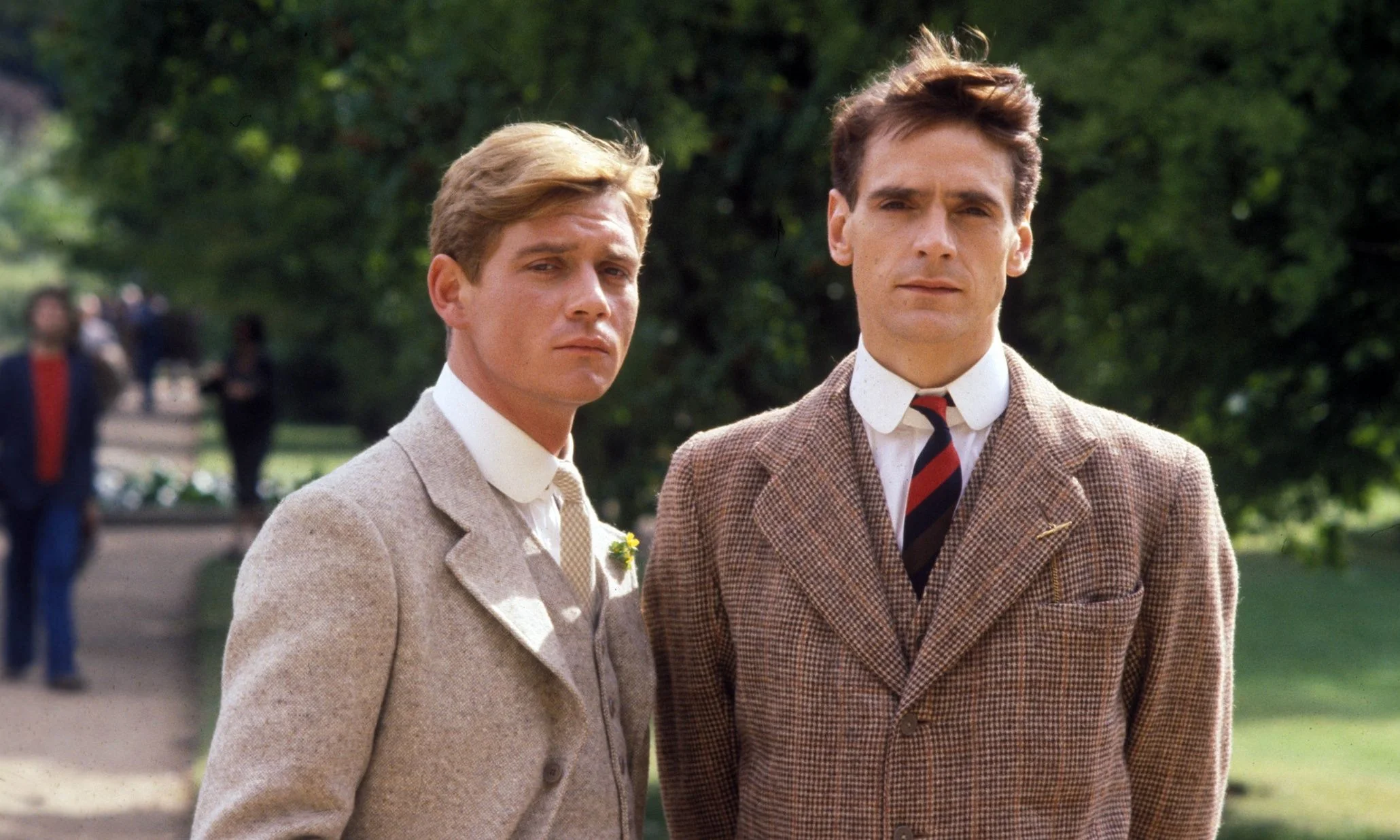Editorial
FALL INTO SCHOOL READING LIST
Originally printed in The Lakeville Journal Fall ‘BACk–To–School’ Supplement 2018, September 9, 2018.
There’s plenty of fiction in which characters happen to attend school, but by distinction, school novels, evoking hushed conversations on winding stairwells, long gallery halls hung with the chipped portraits of provosts past, and 19th–century porte-cochères that frame a clandestine exchange, are a genre all their own.
This reading list is a small selection of some of my favorite school novels, where the campus serves as the main stage, rich with detail both grand and mundane, with an acute sense of unique, often regional culture that births the central identities of their characters.
Homework tip: These are best devoured in a cozy corner of your local library with a mug of Earl Grey.
“The Secret History” by Donna Tartt
I meant for this list to feature boarding school novels, so I’m immediately breaking my own rules right from the get–go. But what’s school without a little cheating? Like getting away with something you know you shouldn’t do, Donna Tartt’s 1992 debut murder mystery is just so deliciously fun you could probably race through its nearly 600 pages in an evening. On the other hand, there are no better characters on this list to linger with than the six students who occupy the Classics Department taught by Julian Morrow at Hampden College in Vermont.
Sensitive, friendless and dissatisfied, 19-year-old Richard Papen invents a more exciting identity for himself when he arrives on campus and, by his efforts, gains acceptance into an unusual clique of Ancient Greek scholars. Possessing an Old World air of wealth and secrecy, stoic erudite Henry, chummy boys-club prep Bunny, Francis, a ritzy but fragile flirt, and the beautiful but mysterious twins Charles and Camilla have less in common with their early 1980s classmates and more with Oxford-educated students in Evelyn Waugh’s “Brideshead Revisited” — or the British miniseries that aired in 1981.
Waugh’s novel makes for the most excellent companion reading. Compare and contrast: country estates, tea sandwiches and Catholic boys with a dark taste for liquor.
“Tom Brown’s Schooldays” by Thomas Hughes
Getting back on track, Thomas Hughes’ 1858 fictionalized telling of his own school days recounts the youth of Tom Brown in the 1830s and more or less invented the school novel genre, inspiring the next two centuries of privately educated authors to pick up their own pens. Young Tom is sent away from his idyllic Victorian childhood to the Rugby School, the real–life English boarding school founded in the 16th century and the birthplace of the sport that shares its name. Forget modern helicopter parenting; instead “Young Master Brown” lives in a time when boys and their trunks were dropped at the school with little sentimentality, forced to share dormitory beds, and entered an unchallenged environment of systemic physical and emotional abuse from older fancy boys in top hats and tails. Yet “Schooldays” invented all the classic characters you would expect: the faithful best friend, the stern but understanding headmaster and the snooty rival bested by the end.
“Boy: Tales of Childhood” by Roald Dahl
The author who sprinkled his now classic works of British children’s literature, like “James and the Giant Peach” and “The Witches,” with the perfect recipe of wit, cruelty and optimism looks back at his own childhood in “Boy,” and gives readers an inside look at his own life’s horror, sadness and humor that would inspire his fiction. Perhaps the most famous account from the autobiography, illustrated with charm by Quentin Blake, is “The Great Mouse Plot,” in which 8-year-old Dahl, then a student at the boys Cathedral School in Wales, demonstrates both his early propensity for wicked creativity and his deep-seated mistrust of adult authority. Without giving too much away, it possesses all of Dahl’s best talents — his writing crafts an irresistibly inviting set piece (after–school excursions to the candy store with jars full of gobstoppers, which readers will recognize from “Charlie and The Chocolate Factory”) a loathsome villain (the shop owner Mrs. Pratchett, who despises young boys) and that narrative see-saw between spirited victory and the frightful vulnerability of being a child.
“Harry Potter and the Prisoner of Azkaban” by J.K. Rowling
There is perhaps no author who owes a greater debt to both Roald Dahl and Thomas Hughes than the worldwide empress of children’s publishing, J.K. Rowling. In fact, readers who compare “Tom Brown” with Harry’s first year at school in “The Sorcerer’s Stone” (“Philosopher’s” in the original British printing) will likely marvel at just how well many of the story beats line up.
Hogwarts School of Witchcraft and Wizardry was a deeply foreign discovery for American children when Rowling’s series made its way across the Atlantic at the end of the 1990s, with its long and storied history, strict disciplinarians and deep–rooted sense of preserved ritual and tradition. Every passageway and haunted lavatory seemed to be built brick–up in magic. But, as my American friend’s father was sorry to discovery when he visited her during her first year at Oxford, grand dining halls and teachers who traverse school grounds in black capes was hardly an invention of Rowling’s wand/pen. Revered boarding schools like Harrow (where scenes from the “Harry Potter” series were even filmed) are more Hogwarts-like than you might imagine, well-guarded little worlds unto themselves.
“Prisoner of Azkaban” is the best of Harry’s early “Schooldays” adventures, with a lived–in sense of academic duty where surprises still await around every corner with whispered rumors. What Rowling always understood best is that student lives, days ruled by teachers and tests, are both scheduled and unexpected.
